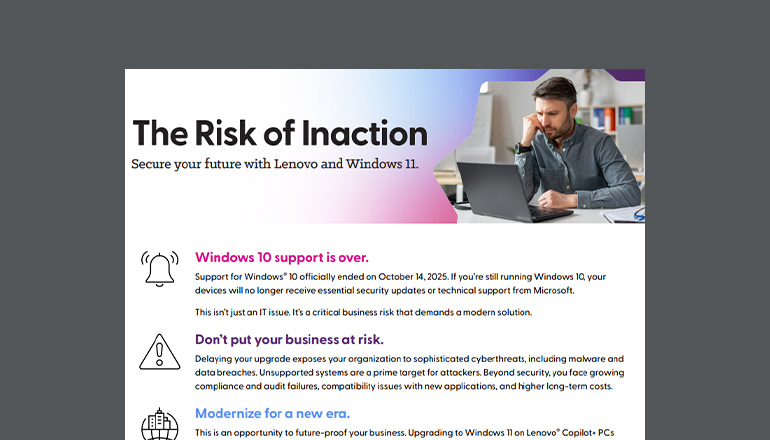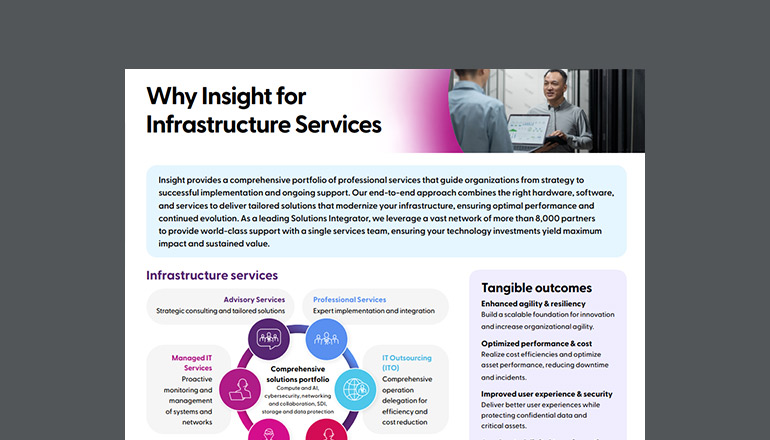Article 4 Ways Educational Technology Can Enhance Classroom Instruction
Since the dawn of literacy when Socrates famously warned against the memory-diminishing practice of reading and writing, technophobia has been a documented recurring historical trend — often focused around perceived negative effects on children.
By Krista Leland / 11 Jun 2019

In the 1800s, critics condemned newspapers as an obstacle to proper socialization. Parents and teachers once blamed the radio for distracting children from their studies, television for lowering student IQ and video games for stunting development.
Over time, however, these fears have been almost universally disproven. Research published in SAGE Journals re-examined some of the largest relevant studies to date, finding no substantial evidence of a negative association between screen time and well-being in adolescents.
Yet, despite this fact, and despite the growing acceptance of modern devices in our adult lives, traditional methods and attitudes toward technology still tend to dominate when it comes to early education.
A shift in thinking
Modern technology and education have long been viewed as opposing forces, pitted against one another in the battle for student engagement. But when they’re treated as complementary rather than oppositional, research has shown significant benefits to integrating technology in education.
Let’s examine four ways educational technology improves instructional quality.
1. Supporting personalized instruction
Every child learns different skills at different speeds — often through different mediums. When the style and pace of instruction is aligned with these particular needs, students are able to achieve greater levels of educational success.
But delivering a truly personalized experience for every child using only traditional methods of instruction is statistically improbable. For example, a primary school teacher with a class of 25 students studying five core subjects per day would need to create more than 22,000 custom lesson plans in order to provide a truly personalized learning experience to each student in each subject.
Fortunately, modern Learning Management Systems (LMSs), such as Schoology, Google Classroom, Canvas and Blackboard, offer a more reasonable alternative. Using these educational technology platforms, teachers can assign preselected readings, photos, videos, games and other activities for students to complete at their own pace or preference, empowering students to take greater ownership of their learning.
Automated assessments also provide value through instant feedback on student mistakes, capitalizing on the brain’s existing state of focus to make immediate corrections. This eliminates the tedious and time-consuming process of manual grading, freeing teachers to focus on creative lesson planning or one-on-one supplementary instruction.
2. Increasing motivation and engagement
Despite several decades of speculation about the possible negative effects of video games on developing minds, research now provides compelling evidence that the opposite may be true.
In fact, neurological studies have shown a direct correlation between gaming and improved connectivity throughout the brain. By combining the higher reasoning functions with muscle memory, video games provide a platform for enhanced learning capabilities, particularly in regions of the brain associated with spatial navigation, memory, strategic planning and multitasking.
The gamification — or game playing application — of learning can also drastically increase motivation by capitalizing on the brain’s natural reward response system. A “structured play” model contributes to the release of dopamine, which helps reinforce the act of learning, boosting student interest and increasing engagement with educational material.
The effectiveness of this model is perhaps most evident in the popularity of Microsoft’s Minecraft Education Edition, which has helped many teachers make complex concepts, such as math, chemistry, problem-solving and even coding, more accessible for their students through gamification.
Another example of gamification in education is the rising popularity of esports — a competitive form of video gaming that turns online gaming into a spectator sport. Schools with esports programs report a variety of academic and social benefits, such as improved strategy and decision-making skills in students and an increased participation in extracurricular activities.
Beyond basic motivation, edtech tools such as video and online educational games also offer a more flexible approach to “failure,” inspiring persistence even among students who typically rank at the lower end of academic performance.
3. Delivering improved access to resources
Just a few decades ago, the general availability of knowledge was limited to the number of books housed in a particular home, school or town library. However, with the dawn of the new millennium and the rapid expansion of the internet, a virtually infinite supply of information is now available to anyone with access to the web.
Among the many benefits of this transformation has been the emergence of digital libraries and Open Educational Resources (OERs). Universities and enterprises alike have published a wealth of free online materials, including textbooks, lesson plans, lectures, demonstrations, virtual field trips and more.
The expanded availability of high-quality, low-cost resources represents a unique opportunity to help equalize the educational landscape. Underfunded schools now have greater access to supplemental learning materials. Students in rural and inner-city schools can visit the same sites and benefit from the same information, regardless of location. Properly leveraged, OERs provide educators with new ways to enhance learning experiences — without increasing classroom expenses.
4. Building computer literacy
Digitalization and social media skills have quickly become integral aspects of modern life. But navigating the complexities of our increasingly technical world requires a significant level of digital fluency, online etiquette and security best practices.
Although many of today’s children are familiar with modern devices and social media platforms, they often lack information on the nuances and risks associated with technology. Other children may not have access to smart devices or a reliable internet connection at home and may require more explicit education on how to use these resources in their personal lives.
In either case, the integration of education technology provides a valuable opportunity for students to develop digital citizenship skills.
Similarly, as demand for Science, Technology, Engineering and Math (STEM) expertise continues to grow, these skills will prove foundational to many future career paths. According to the World Economic Forum, the average U.S. citizen’s computer skills continue to rank as “poor,” with nearly a quarter of the population unable to complete even the most basic tasks.
Equipping students with the tools and experience to not only operate but also contribute to the development of future technologies is critical in preparing them for success in tomorrow’s workforce.
Simplifying educational technology in the classroom
Integrating technology in education empowers teachers with powerful tools to improve the quality, accessibility and relevance of traditional instruction, laying the groundwork for greater college and career readiness. But delivering these benefits requires schools and school districts to have robust IT strategies in place.
Advancements in Software-Defined Wide Area Networking (SD-WAN), cloud computing and edge data centers have made it easier to ensure fast, reliable access to files and applications across even the most distributed environments.
A strong network infrastructure coupled with advanced threat defense and endpoint protection allows school districts to support 1:1 technology initiatives, Bring Your Own Device (BYOD) programs, remote libraries, educational applications and more.







